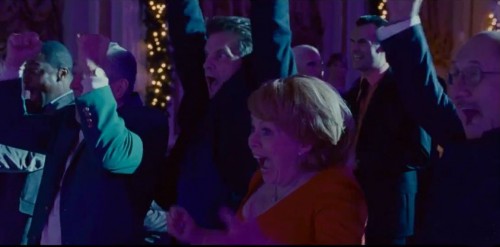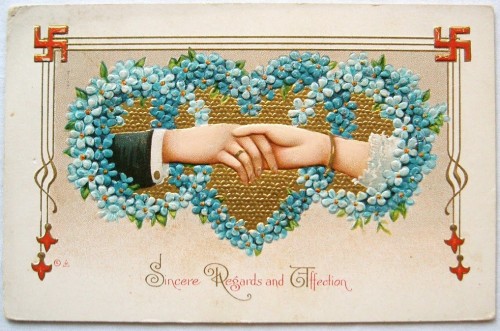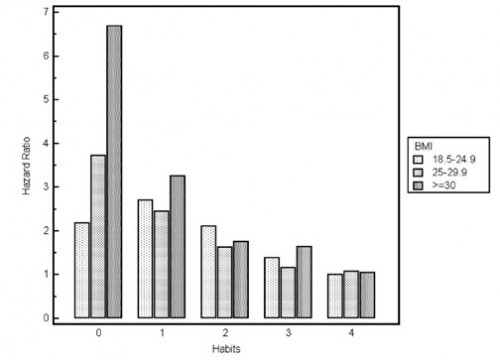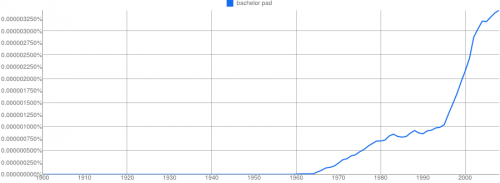Cross-posted at Montclair SocioBlog.
“Silver Linings Playbook,” the new David O. Russell movie, starts off by making the audience uncomfortable. We want to like Pat (Bradley Cooper). We root for him to overcome the internal demons that landed him in a mental hospital for eight months. We do like him. But he keeps doing things we don’t like. He is socially insensitive and often offensive, utterly absorbed in his own deluded ideas and obsessions, and although we know that these emanate from his psychiatric condition, it’s impossible to separate the personal from the psychiatric. He is his mental illness, and it’s often not pretty. We’re actually glad to see the cop who shows up to enforce the restraining order. (Usually in American films, when a uniformed cop restrains the hero, the moral question is so clear the cop might as well be wearing a Nazi uniform.)
At some point, the film takes a turn away from the complicated and difficult. It calls on a smooth, familiar recipe and gives us comfort food — sweet chocolate pudding, spoonful after spoonful. It’s made from good chocolate, but it’s predictable pudding nonetheless.
It all leads up to a climactic scene that we all know from countless other movies. In this case, it’s a ballroom dancing competition:
The movie plays on one long-standing idea in American movies and TV: all moral questions, all questions of character, can be settled in a contest. Typically, the story sets out some difficulties for the hero — conflicts with the society, conflicts with some other person or organization, conflicts within himself. It all leads up to some climactic contest. Usually the hero wins, occasionally he loses. But the outcome doesn’t matter so much as the nobility of the fight, for win or lose, the hero has fought, and that seems to resolve all issues. Rocky is the obvious example…
That’s from six years ago in one of the first posts on this blog. (I’ve edited it lightly.) That post was about the first episode of Friday Night Lights. But it could have been about “Silver Linings Playbook” — “Rocky” meets “Dancing With the Stars.”
For a nearly complete plot summary, watch the trailer.
The contest seems to melt all problems no matter how complicated, no matter how seemingly unrelated to the competition itself – problems between a man and a woman, a son and father, friend and friend.
“Silver Linings Playbook” hits all three of those plus husband and wife, brother and brother, and maybe some others. Other seemingly insoluble problems – from Pat’s obsession with his estranged wife to the side effects of medications – vanish. And in case the pudding wasn’t already sweet enough, there’s an added Hollywood-ending bonus involving a large bet on the Cowboys-Eagles game, an outcome so predictable I’m not even putting in a spoiler warning.
And they all live happily ever after.
These themes are not inherent in movie contests. In British films of the sixties – “The Loneliness of the Long Distance Runner” or “This Sporting Life” for example – athletic contests bring a heightened consciousness of the class system. But in American movies, regardless of the setting – the boxing ring, the pool hall, the poker game, the karate dojo, the dance floor, etc. – competition works its magic and allows the heroes to overcome all personal and interpersonal problems.
—————————
Jay Livingston is the chair of the Sociology Department at Montclair State University. You can follow him at Montclair SocioBlog or on Twitter.





















